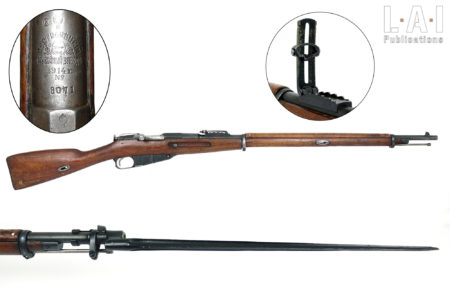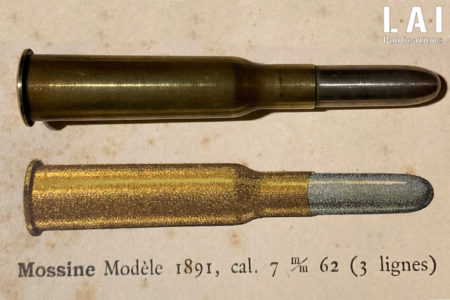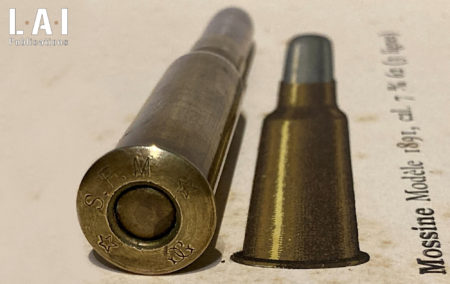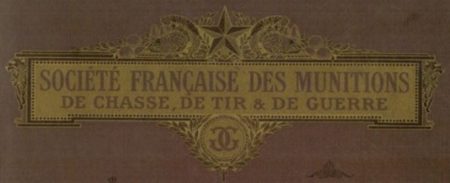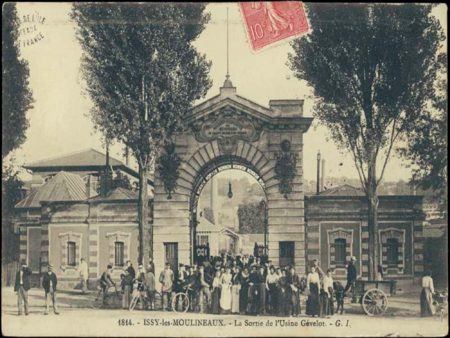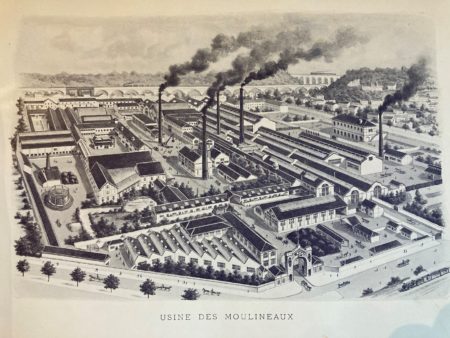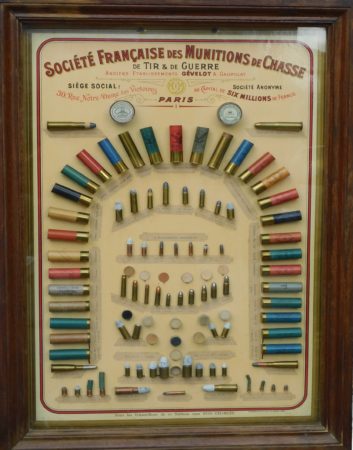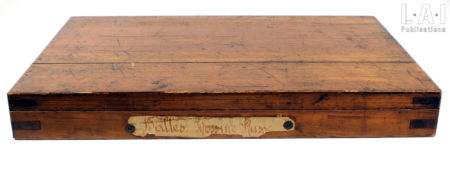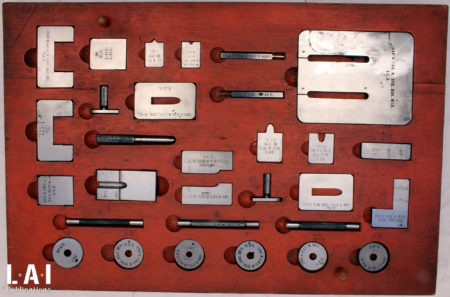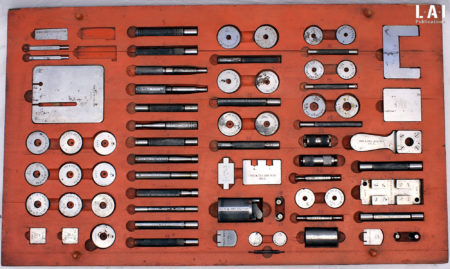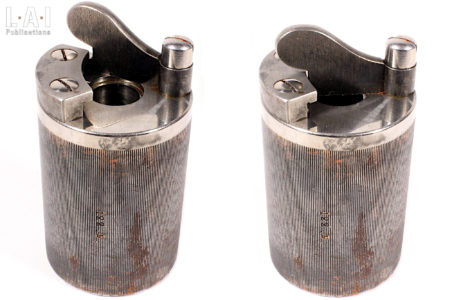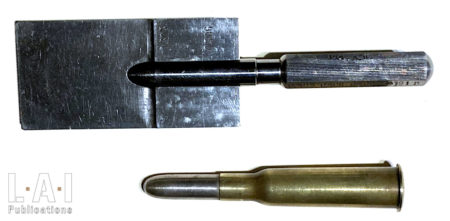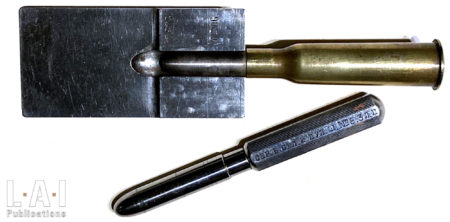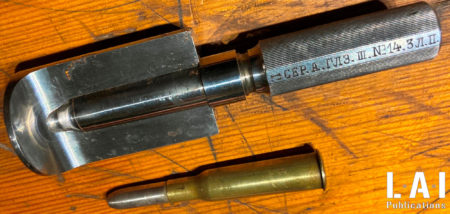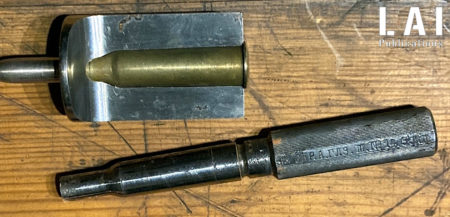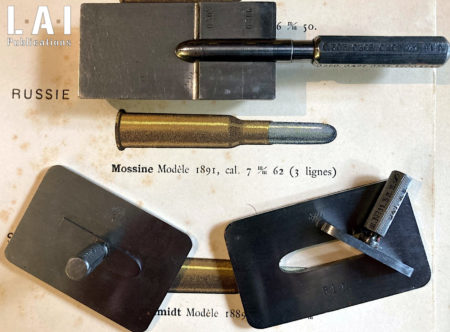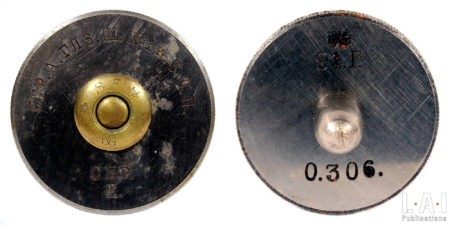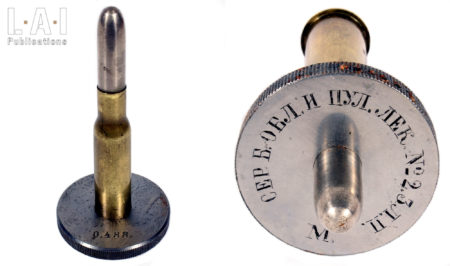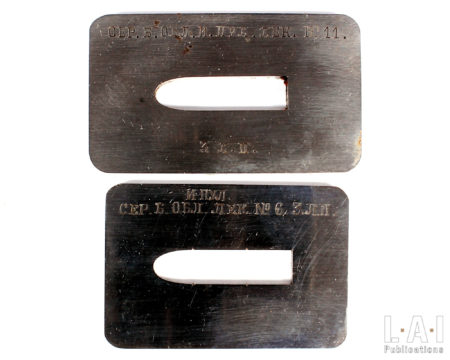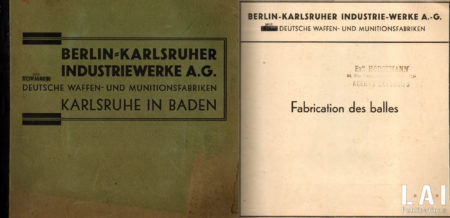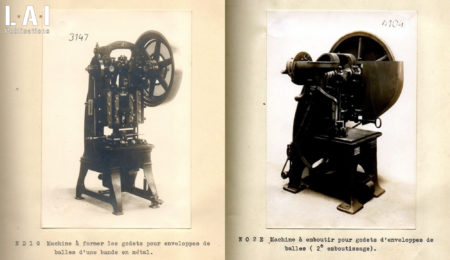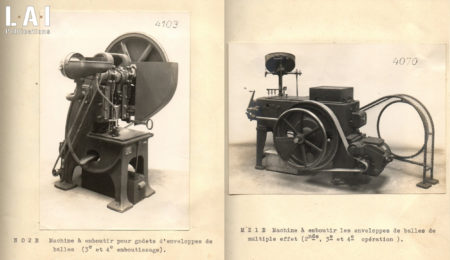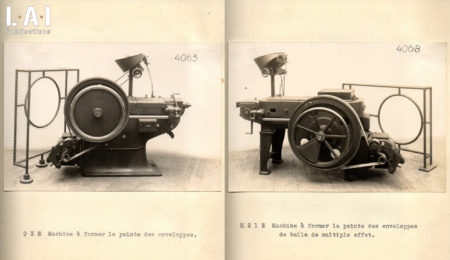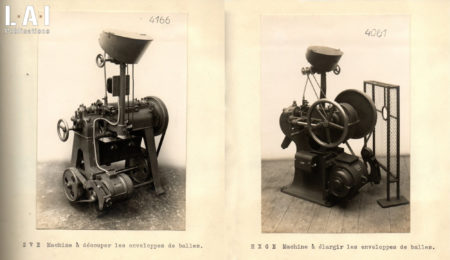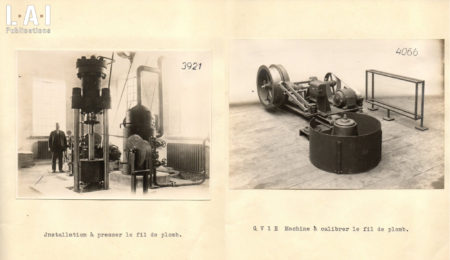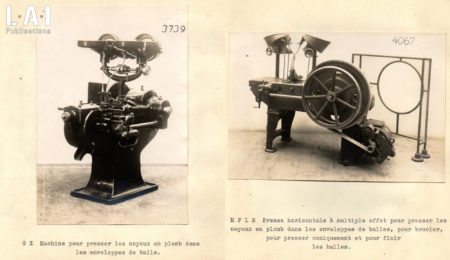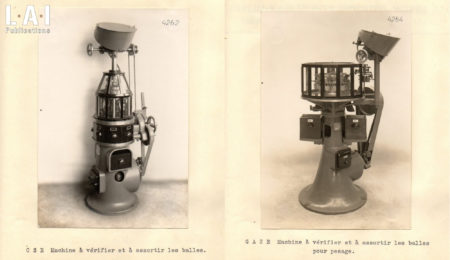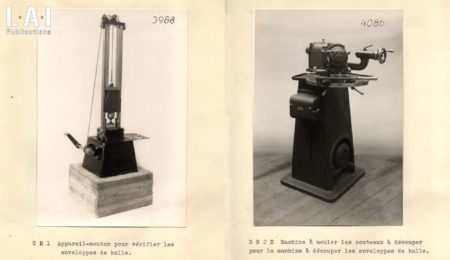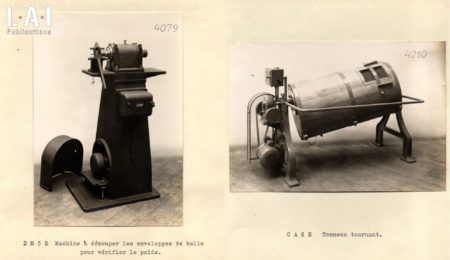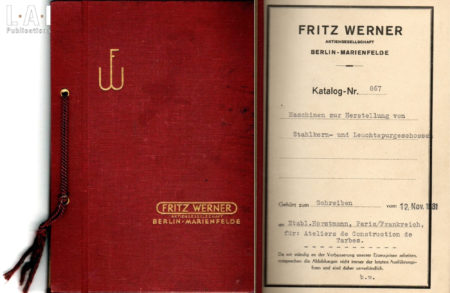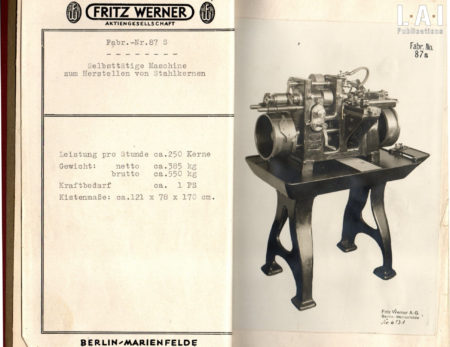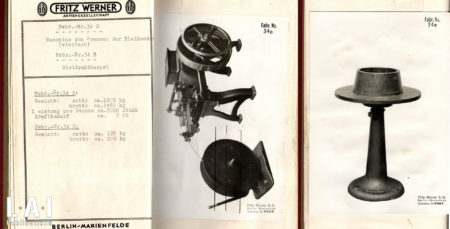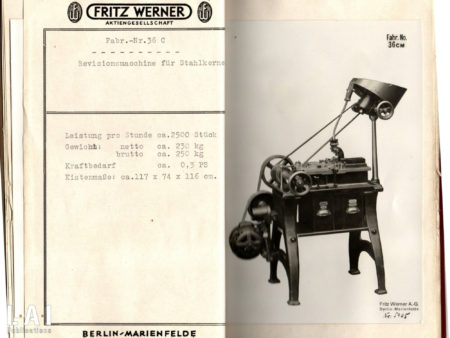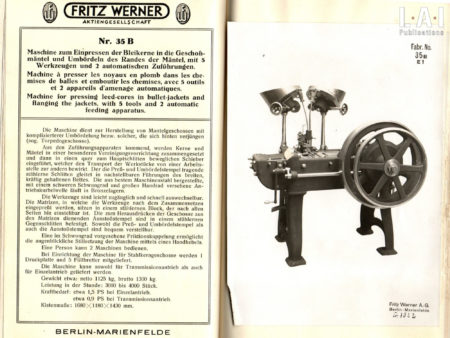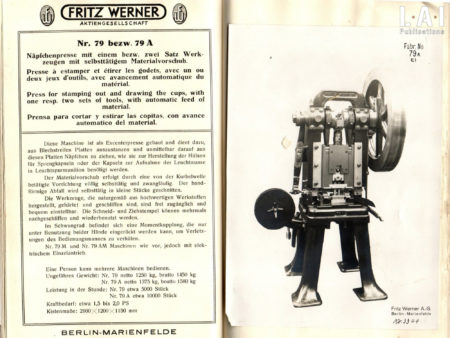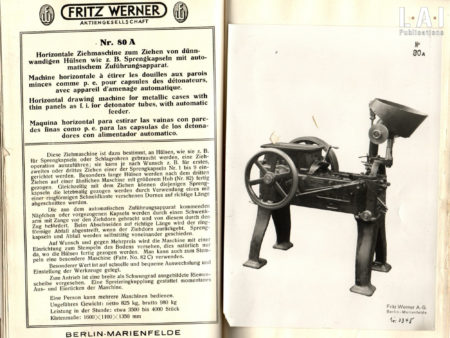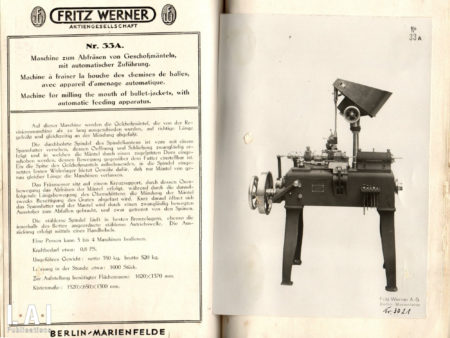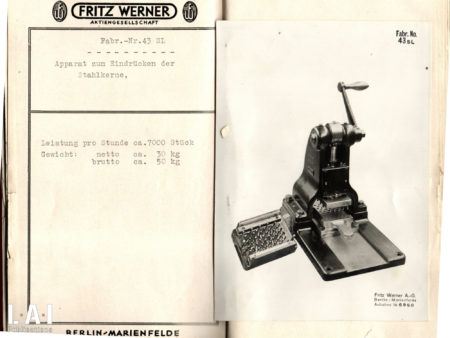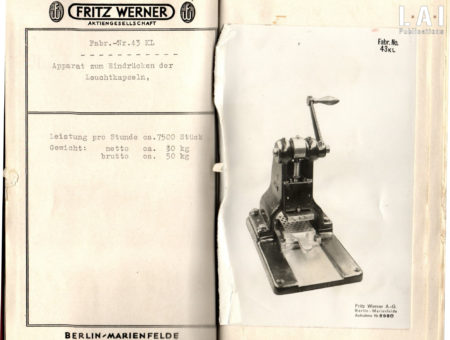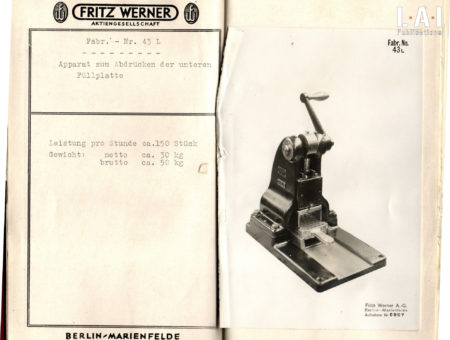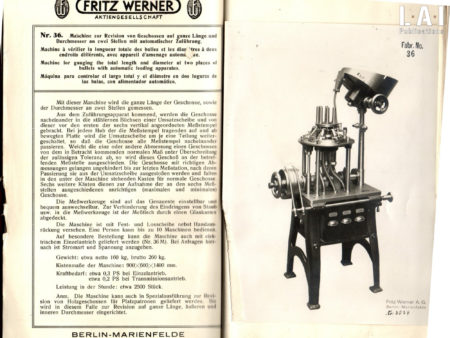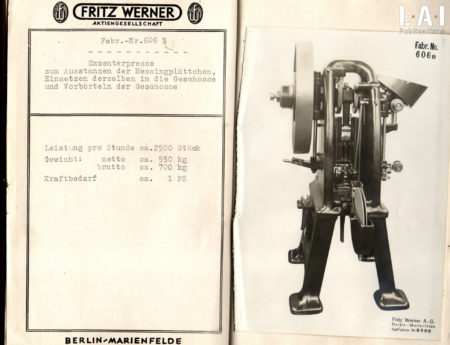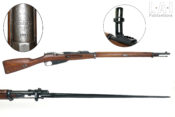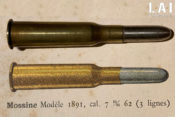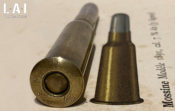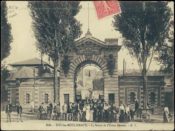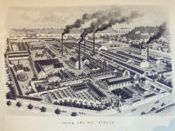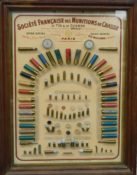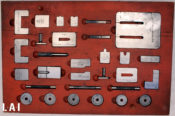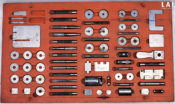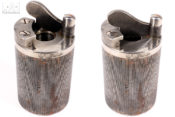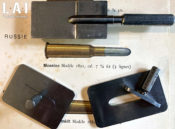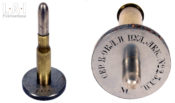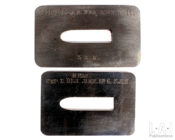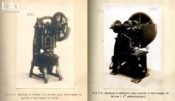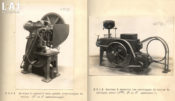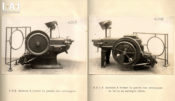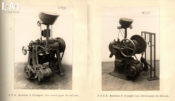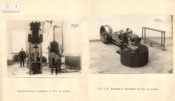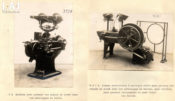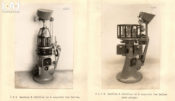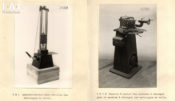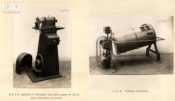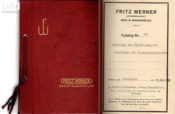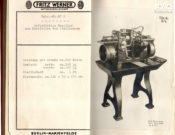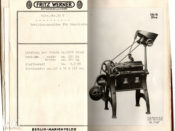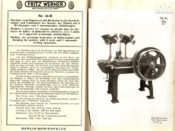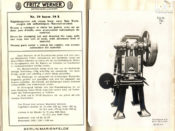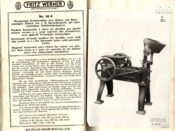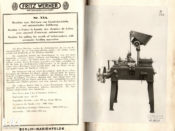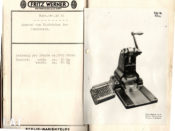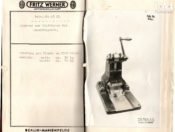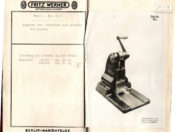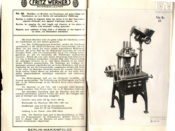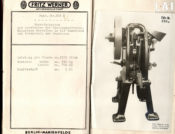Russian gauges at the S.F.M factory

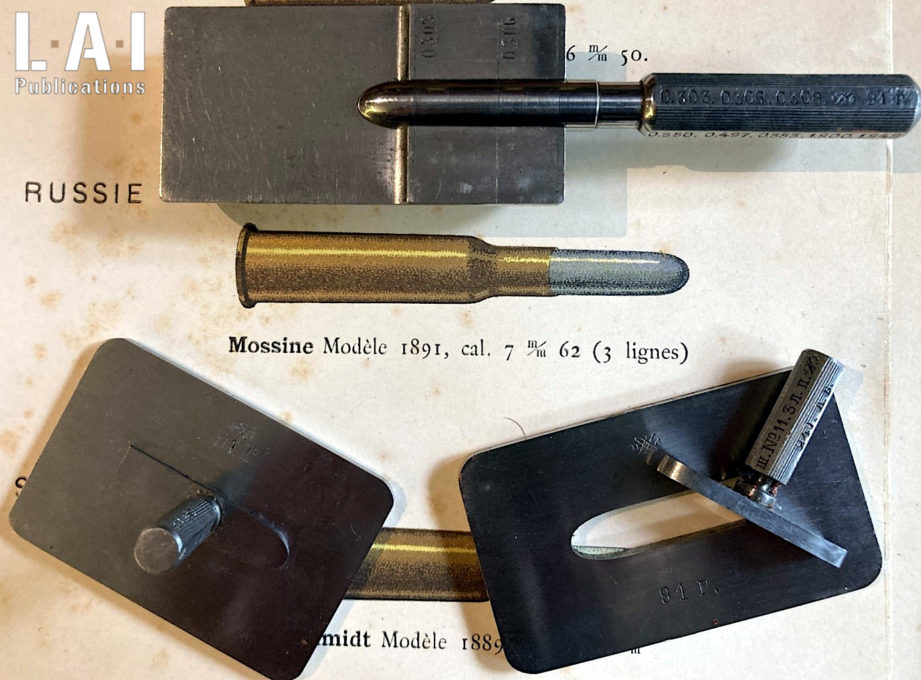
After some procrastination and quarrels between Leon Nagant and Captain Sergei Mosin, the Russian Empire finally adopted the 3 “line” repeating rifle model 1891 (пeхoтнaя винтовка образца 1891-гo года). The “line” was then a unit used in Imperial Russia, 3 lines being equivalent to … 7.62 mm, the diameter of the barrel measured in between lands. The necked and rimmedShape of the head of an ammunition which comprises a return ... More case is 54 mm long. The production of weapons began in early 1892 in the three state arsenals capable of producing rifles in quantity, namely the arsenals of Tula, Sestroretsk and Izhevsk. However, production capacities were insufficient to quickly equip the Tsar’s immense army. Thus, several foreign manufacturers were involved, including the Manufacture d’Armes de Châtellerault (MAC), which received an order for 500,000 additional rifles. What was true for weapons was of course also true for ammunition.
A need
The adoption of this rifle of a new caliber of 3 “lines” implied the need to manufacture cartridges by the millions (Pic. 01). The industry of Imperial Russia, still under development, was unable to cope with such a demand. Also, quite naturally, the Russians turned (among other partners) to a great friendly industrial power: the French Republic. It should be noted that the French political elites of the time saw in the Tsar’s Russia a strong ally that should be helped. The issuance of Russian bonds that ruined many French savers is also a shining proof of that era!
A large private company, the Société Française des Munitions de Chasse, de Tir et de Guerre, flagship of the national industry in terms of quality and production capacity, therefore entered into a contract with the Russian government. This private company was founded in 1884 by Victor Gaupillat and Jules Félix Gévelot: the acronym of their production is recognizable by the two intertwined “Gs”. But in 1887, Jules Félix Gévelot bought Gaupillat’s shares. The former thus took over the management of the S.F.M. whose very modern factory at the time was located in Issy-les-Moulineaux in the suburbs of Paris (Pics. 04 to 06).
The old catalogues of the S.F.M. are wonderfully detailed. For example, the representations of the cartridges in full size, colored with golden and silvered powder (visible in pics. 02 and 03), are breathtakingly realistic! It presents the immense and varied range of calibres produced at the time by this company. There are both cardboard hull hunting cartridges and black powder ammunition for handguns and long guns but also… artillery shells, detonators and primer boxes! (Pic. 07)
In 1973, a fire ravaged the factory from top to bottom. Luckily, some archives and control gauges were saved in extremis from the trash and the voracity of scrap dealers by an engineer. These archives have been miraculously preserved to the present day. Among the relics saved from the disaster are 2 boxes of control gauges, dedicated to the verification of the manufacture of bullets and cartridge cases of 7.62×54 R. Their examination will allow us to understand the manufacturing processes and get closer to the rigor of the controls that presided at the time to all manufactures worthy of the name.
Annual subscription.
€45.00 per Year.
45 € (37.5 € excluding tax) Or 3,75€ per month tax included
- Access to all our publications
- Access to all our books
- Support us!
Monthly subscription
€4.50 per Month.
4.50 € (3.75 € excluding tax)
- Access to all our publications
- Access to all our books
- Support us!


